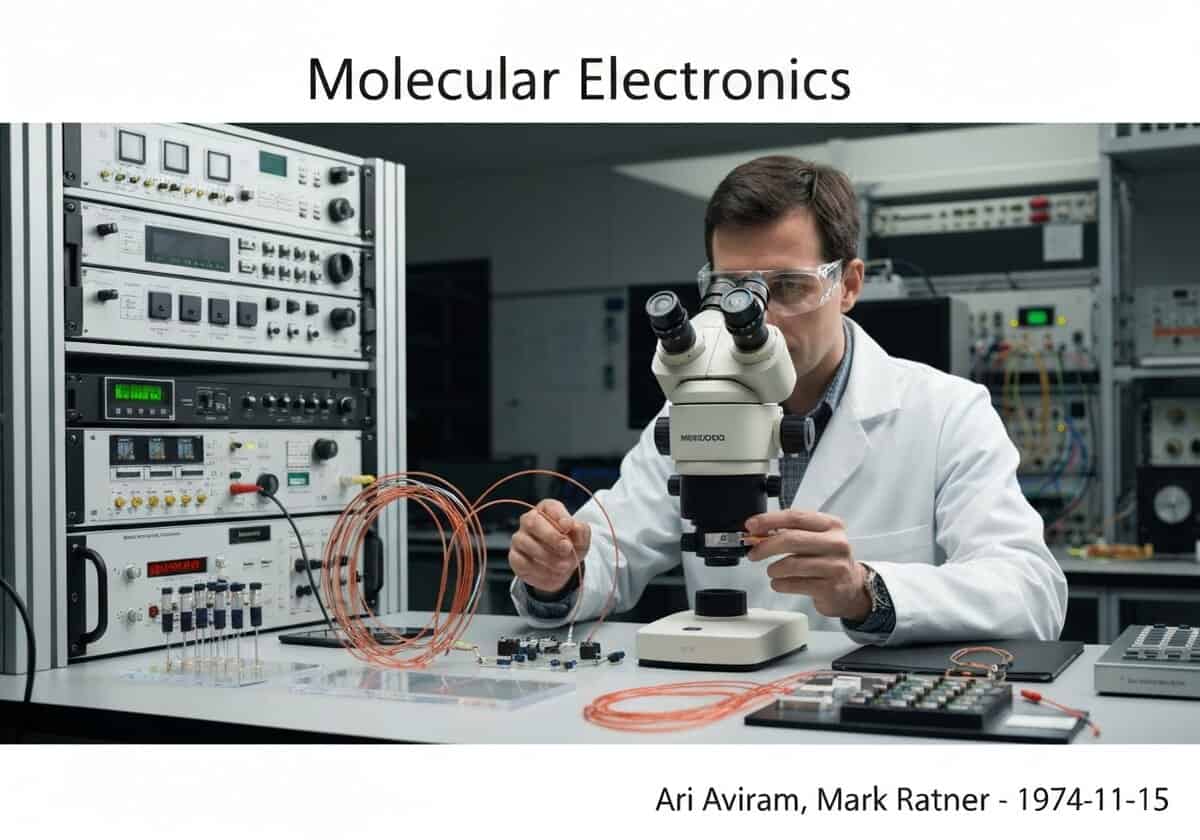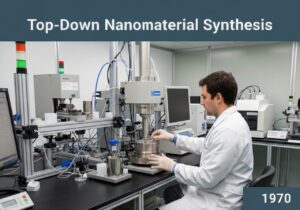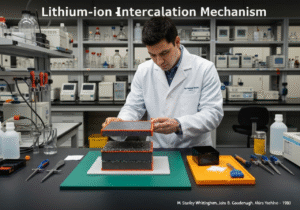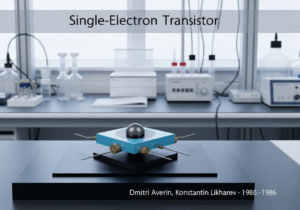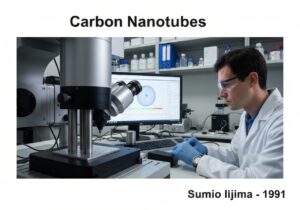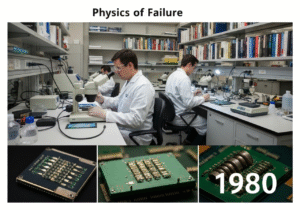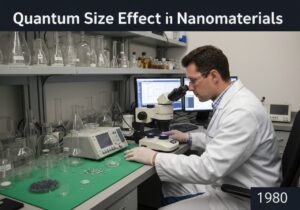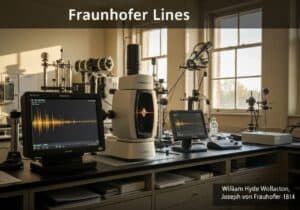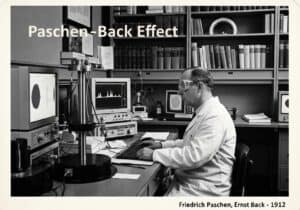L'électronique moléculaire explore l'utilisation de molécules individuelles ou d'ensembles moléculaires nanométriques comme composants électroniques fondamentaux. Cette approche vise à construire des circuits à la limite de la miniaturisation, bien au-delà des technologies traditionnelles à base de silicium. Parmi les composants clés, on trouve les fils, les commutateurs et les redresseurs moléculaires, qui exploitent les propriétés de la mécanique quantique, comme l'effet tunnel des électrons à travers les orbitales moléculaires.
The concept of molecular electronics, first conceptualized by Ari Aviram and Mark Ratner in 1974, represents a paradigm shift from top-down lithography to bottom-up self-assembly for creating electronic circuits. Their seminal paper proposed a molecular rectifier, a D-σ-A molecule (Donor-sigma bridge-Acceptor), which would allow current to flow preferentially in one direction, analogous to a semiconductor p-n diode. The principle relies on the alignment of molecular energy levels (HOMO and LUMO) under an applied bias voltage. When a voltage is applied, electrons can tunnel from an electrode, through the molecule’s orbitals, to the other electrode. The asymmetry in the D-A structure creates an asymmetric current-voltage (I-V) characteristic, which is the basis of rectification.
Beyond simple rectifiers, researchers have demonstrated molecular wires (e.g., conjugated polymers), switches that can be toggled between ‘on’ and ‘off’ states using light, heat, or electric fields, and even molecular transistors. The primary challenge lies in reliably connecting these tiny molecules to macroscopic electrodes and creating stable, reproducible devices. Techniques like scanning tunneling microscopy (STM) break junctions and mechanically controllable break junctions (MCBJs) are used in laboratory settings to measure the conductance of single molecules. While full-scale molecular computers remain a distant goal, the principles are being applied in areas like molecular sensing, where the electronic properties of a molecule change upon binding to a specific target analyte, and in organic light-emitting diodes (OLEDs), which rely on charge transport through organic molecular films.
Ce domaine est hautement interdisciplinaire, alliant chimie quantique, science des matériaux et physique de la matière condensée. Il promet non seulement une miniaturisation extrême, mais aussi de nouvelles fonctionnalités dérivées des propriétés quantiques uniques de chaque molécule, ouvrant potentiellement la voie à des dispositifs à faible consommation d'énergie et à des modèles de calcul entièrement inédits.

